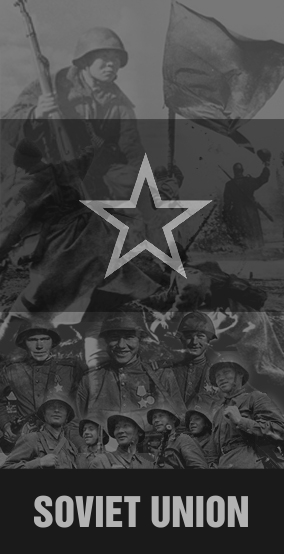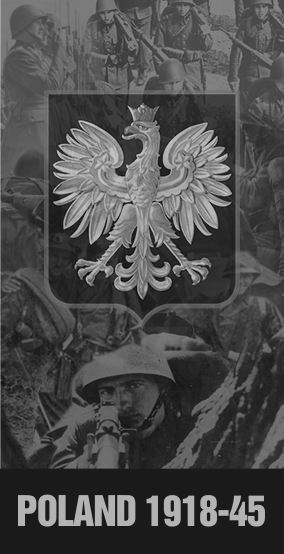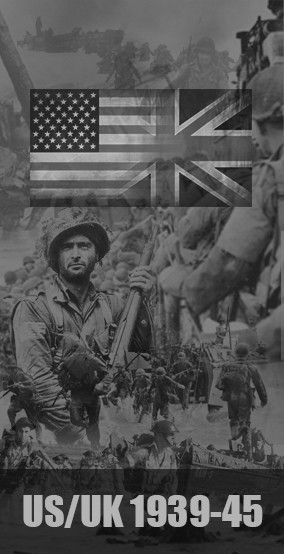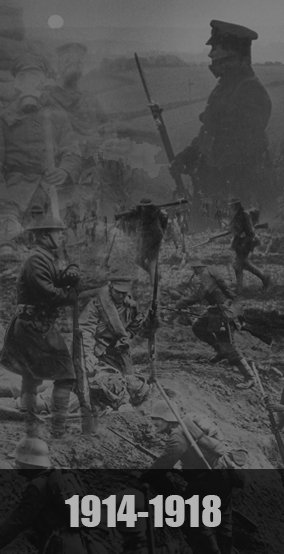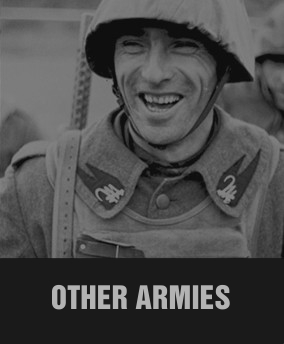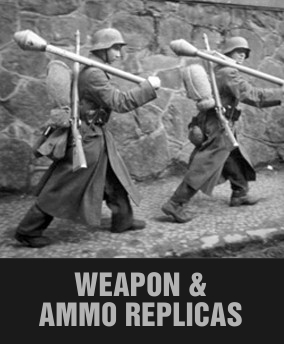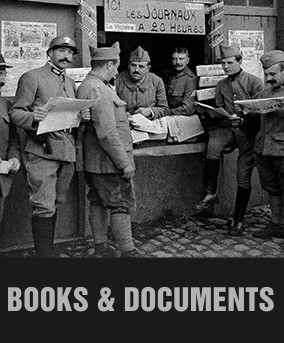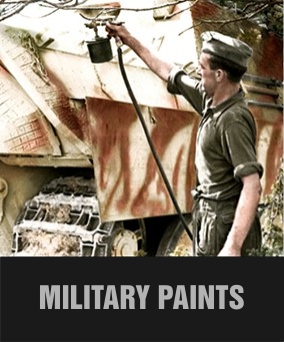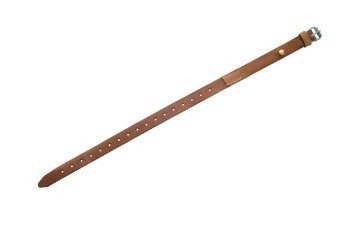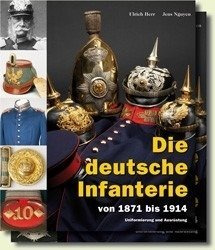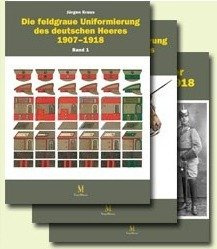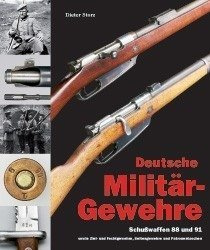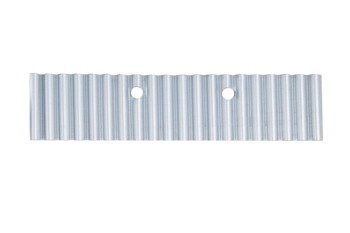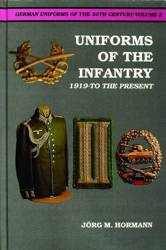A book about k. u. k. Army 1914 - 1918. The book has 864 pages, illustrated with over 2500 photos. Two volumes bound in linen, Additional protective cover. Gallery below shows example pages from the book.
Written by: Dr. M. Christian Ortner, Prof. DI Hermann Hinterstoisser
ISBN: 978-3-902526-63-2 (German) or 978-3-902526-64-9 (English)
Weight: 5,30 kg
Issue info: 864 pages, over 2500 colour photos, including present-day photos and illustrations, bound in linen. Size: 29.5 x 26.0 cm.
- Book is published by Verlag Militaria, highly appreciated military history publishing house.
- We send the book in 14 days after receiving the payment.
ITEM DESCRIPTION IN ENGLISH
The assassination of the Austrian Heir Apparent, Franz Ferdinand, on 28 June 1914 provoked what is described by many historians as the Fundamental catastrophe of the 20th century’. One of the armies that subsequently marched out in the hopes of a short war, was the Austro-Hungarian Army. In the war years that followed, the soldiers of the k.u.k. Army would travel to almost all the First World War’s theatres of war. They fought in Galicia and Bukovina, in the Carpathian Mountains and the Balkans, from 1915 in the Southern Alps, on the Isonzo, in Albania and in the Sinai Desert and later on the German Western Front and in Asia. The war changed the k.u.k. Army, not only from a technical and a moral point of view, but also with regard to its appearance. The soldiers who marched out in 1914 presented a very different picture to that of the final years of the war.
For the first time it has been possible, through painstakingly detailed work and with the use of extant documents in the Austrian State Archives as well as the extensive collections of the Heeresgeschichtliches Museum in Vienna, to create a comprehensive picture of the Austro-Hungarian uniforms during the First World War. Topics that are otherwise frequently neglected, like the volunteer motor corps, the medical corps, prisoners of war and projected uniforms for the post-war era, are also included in this documentation. This two-volume work, with 864 pages and over 2,000 reference book-quality colour photographs and 500 contemporary black and white photographs, presents a detailed overview of the uniforms and personal equipment of the soldiers of the Austro-Hungarian Army during the First World War.
Volume 1 concentrates on the k.u.k. Army caught in the field of tension created by the dualism of 1867 to 1914 and the development of their field uniforms before 1914. The pike grey field uniforms introduced for the k.k. Landwehr in 1907 and for the joint k.u.k. Army and the k.u. Landwehr in 1908 and the peculiarities of the cavalry, still dressed in their colourful uniforms at the beginning of the war, are dealt with in extensive chapters. These are followed by chapters on the field grey uniforms of 1915 in their various forms, wartime economy at a time when materials were becoming increasingly scarce, rank insignia and unit badges. It has also been possible to include photographs of the original official samples for many items of uniform.
Volume 2 deals with the personal items of equipment carried by the soldiers and the uniforms of special formations such as the motorised and aviation troops, tropical uniforms, field pastors and military bands, medical personnel and voluntary formations and legions. Belts, haversacks, canteens, knapsacks and gasmasks are all illustrated and described in detail. Photographs of the clothes worn by prisoners of war and the uniforms of the Volkswehr at the turn of 1919 are published here for the first time, completing this portrayal of the uniforms of the old Austro-Hungarian Army.
One whole section is devoted to the Heir Apparent, Franz Ferdinand, and his assassination in Sarajevo. Eyewitness accounts describe the dramatic sequence of events on 28 June 1914. The uniform that Franz Ferdinand was wearing on the fateful day, which has been displayed in a glass case at the Heeresgeschichtliches Museum in Vienna since 1914, has been carefully photographed for this book, bearing witness to the tragic event that plunged the world into war in 1914.
ITEM DESCRIPTION IN GERMAN
Das Attentat auf den österreichisch-ungarischen Thronfolger Franz Ferdinand am 28. Juni 1914 löste den Ersten Weltkrieg aus, der von vielen Historikern auch als die „Urkatastrophe des 20. Jahrhunderts“ bezeichnet wird. Eine jener Armeen, die damals in der Hoffnung auf einen kurzen Krieg ins Feld zogen, war die der Donaumonarchie. Soldaten der k.u.k. Armee gelangten in den folgenden Jahren auf fast allen Kriegsschauplätzen des Weltkriegs zum Einsatz. Sie kämpften in Galizien und der Bukowina, in den Karpaten und am Balkan, ab 1915 in den Südalpen, am Isonzo, in Albanien oder in der Wüste des Sinai; schließlich auch noch an der deutschen Westfront und in Asien.
Der Krieg veränderte die k.u.k. Armee nicht nur in technischer und moralischer Hinsicht, sondern auch ihr Aussehen betreffend; letztlich entsprach das Erscheinungsbild des Soldaten des Ausmarsches 1914 in keiner Weise mehr jenem des letzten Kriegsjahres.
Die Unterschiedlichkeit der Einsatzorte und die neuartigen Waffensysteme bedingten eine bis dahin unbekannte Vielfalt an speziellen Uniform- und Ausrüstungssorten. So gab es neben den allgemein getragenen Felduniformen unter anderem Alpinbekleidung und spezielle Kälteschutzmittel, eigene Tropenbekleidung oder besondere Adjustierungen für Flieger- und Kraftfahrtruppen. Für die Uniformierung der zahlreichen auf Seiten Österreich-Ungarns eingesetzten Freiwilligenformationen, seien es Albaner, Bukowinaer, Polen, Ukrainer oder alpenländische Freiwillige Schützen, bestanden eigene Uniformvorschriften. „Der Zauber der Montur“ – zu Kriegsbeginn noch durch die Kavallerie versinnbildlicht – war bald einem einheitlichen Feldgrau des Schützengrabens gewichen.
In mühevoller Detailarbeit und gestützt auf erhalten gebliebene Aktenbestände des Österreichischen Staatsarchivs-Kriegsarchivs sowie die umfangreichen Sammlungen des Heeresgeschichtlichen Museums in Wien ist es gelungen, eine umfassende Darstellung des österreichisch-ungarischen Uniformwesens während des Krieges zu schaffen. Dabei wurden auch sonst eher vernachlässigte Bereiche wie die Adjustierung der Freiwilligen Motorkorps, das Sanitätswesen, Kriegsgefangene und Projektuniformen für die Zeit nach dem Krieg in die Dokumentation aufgenommen. Das vorliegende zweibändige Werk gibt auf 864 Seiten, illustriert mit mehr als 2500 Farbfotos und zeitgenössischen Schwarz-Weiß-Fotos, einen noch nie dagewesenen, detailreichen Überblick über die Uniformierung und persönliche Ausrüstung der Soldaten der österreichisch-ungarischen Armee im Ersten Weltkrieg.
Band 1 stellt die k.u.k. Armee im Spannungsfeld des österreichisch-ungarischen Dualismus von 1867 bis 1914 und die Entwicklung der Felduniformen vor 1914 in den Mittelpunkt. Der bei der k.k. Landwehr schon 1907, beim gemeinsamen k.u.k. Heer und der k.u. Honvéd ab 1908 eingeführten hechtgrauen Ausmarschadjustierung und den Besonderheiten der bis 1915 noch „bunt“ adjustierten Kavallerie sind umfangreiche Kapitel gewidmet. Schließlich werden die feldgraue Adjustierung ab 1915 in ihren zahlreichen Varianten, die Kriegswirtschaft in Zeiten des immer akuter werdenden Materialmangels, Distinktionen und Truppenabzeichen beschrieben. Es ist gelungen, für viele Montursorten originale Einreichmuster abzubilden.
Band 2 befasst sich mit den persönlichen Ausrüstungsgegenständen der Soldaten sowie der Uniformierung besonderer Truppenformationen wie Kraftfahr- und Luftfahrttruppen, Tropenuniformen, Feldgeistlichkeit und Militärmusik, Sanitätsdienste sowie Freiwilligenformationen und Legionen. Leibriemen, Brotsäcke, Feldflaschen, Tornister und Gasmasken werden detailliert beschrieben und dargestellt. Die Bekleidung von Kriegsgefangenen sowie die Uniformierung der österreichischen Volkswehr zum Jahreswechsel 1918/19 werden erstmals publiziert und runden die Gesamtdarstellung der Uniformierung der altösterreichischen Armee ab.
Ein eigener Abschnitt widmet sich dem Thronfolger Erzherzog Franz Ferdinand und dem tödlichen Attentat von Sarajewo. Augenzeugenberichte beschreiben die dramatischen Ereignisse vom 28. Juni 1914. Fotoaufnahmen der Uniform Franz Ferdinands, die er am 28. Juni 1914 trug und die seit damals im Heeresgeschichtlichen Museum in Wien in einer Vitrine ausgestellt ist, wurden für dieses Buch sorgsam festgehalten und geben Zeugnis vom tragischen Ereignis, das die Welt 1914 in den Krieg stürzte.



